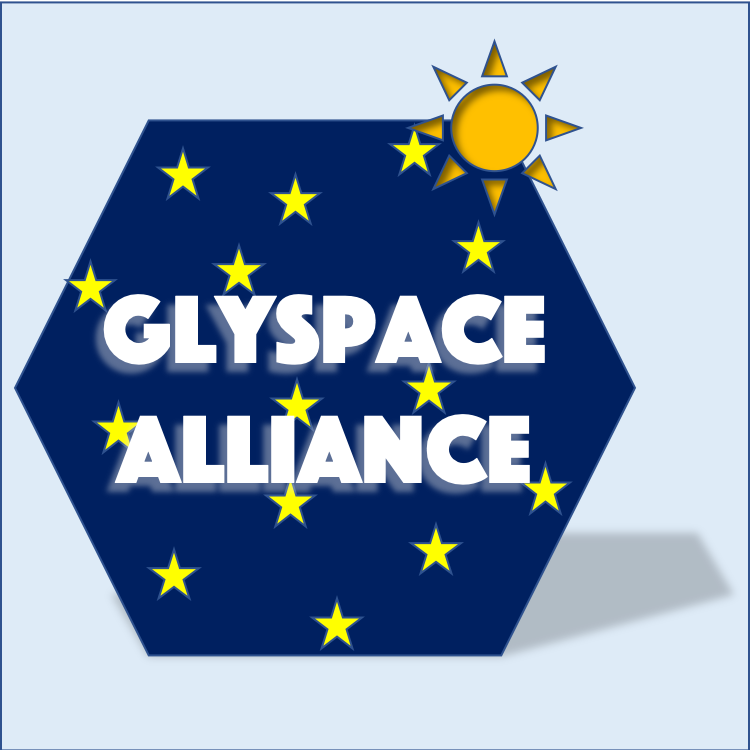 Pathogen Adherence to Carbohydrate Database (PACDB)
Pathogen Adherence to Carbohydrate Database (PACDB)
PACDB provides the information on pathogens (e.g. bacteria, fungus, toxin and virus) adhering to carbohydrates expressed on the cell surface of host animals or plants.
| Database | Last Updated |
|---|---|
| Pathogen Adherence to Carbohydrate Database (PACDB) | June 1, 2016 |
| Species | Pathogen Adherence Molecule | Ligand Name | Ligand Feature | Target Source | Glycan Sequence ▼ | Binding | PubMed ID |
|---|---|---|---|---|---|---|---|
|
S-fimbriae
|
NeuAcα3Galβ-containing glycoproteins
|
Glycoproteins
|
Lumenal surfaces of the vascular endothelium in the neonatal rat brain
|
NeuAc(a2-3)Gal(b
|
Binding
|
||
|
SfaS
|
NeuAcα3Galβ-containing glycoproteins
|
Glycoproteins
|
Lumenal surfaces of the vascular endothelium in the neonatal rat brain
|
NeuAc(a2-3)Gal(b
|
Binding
|
||
|
Fibrillar hemmagglutinin
|
N-acetylneuraminyl-a(2-3)-galactopyranosyl sequence
|
Glycoproteins
|
Gastric epithelium, Mucus layer of the stomach
|
NeuAc(a2-3)Gal
|
Binding
|
||
|
Unknown
|
Sia2-3Gal-containing receptors
|
Glycoconjugates
|
NeuAc(a2-3)Gal
|
Binding
|
|||
|
Unknown
|
Sialic acid (α2,3)
|
Saccharides
|
Most organs including the central nervous system/heart/liver
|
NeuAc(a2-3)
|
Binding
|
||
|
VP2 amino acids on puff B
|
Sialic acid (α2,3)
|
Saccharides
|
Central nervous system
|
NeuAc(a2-3)
|
Binding
|
||
|
68-kDa proteins
|
N-Acetylneuraminic acid
|
Monosaccharides
|
Bronchial lavages of sheep with pneumonic pasteurelosis
|
NeuAc
|
Binding
|
||
|
Viral protein
|
α-mannose and α-glucose side chains of ConA-binding glycoproteins
|
Glycoproteins
|
Feline kidney(CRFK)/Equine fetal kidney(EFK)/Mouse(McCoy)/Rabbit kidney(RK-13)
|
Man/Glc
|
Binding
|
||
|
Type 1-fimbriae
|
Synthetic branched oligosaccharides: Man(a1-3)[Man(a1-6)]Man(a1-6)Man(a1-3)Man
|
Oligosaccharides
|
Patient with urinary tract infection
|
Man(a1-3)[Man(a1-6)]Man(a1-6)[Man(a1-3)]Man
|
Binding
|
||
|
Type 1-fimbriae
|
Synthetic branched oligosaccharides: Man(a1-3)[Man(a1-6)]Man(a1-6)[Man(a1-2)]Man(a1-3)Man
|
Oligosaccharides
|
Patient with urinary tract infection
|
Man(a1-3)[Man(a1-6)]Man(a1-6)[Man(a1-2)Man(a1-3)]Man
|
Binding
|
Displaying entries 291 - 300 of 1840 in total
To see the latest features, please visit our beta site.
International Collaboration
GlyCosmos is a member of the GlySpace Alliance together with GlyGen and Glycomics@ExPASy.


Acknowledgements
Supported by JST NBDC Grant Number JPMJND2204
Partly supported by NIH Common Fund Grant #1U01GM125267-01
